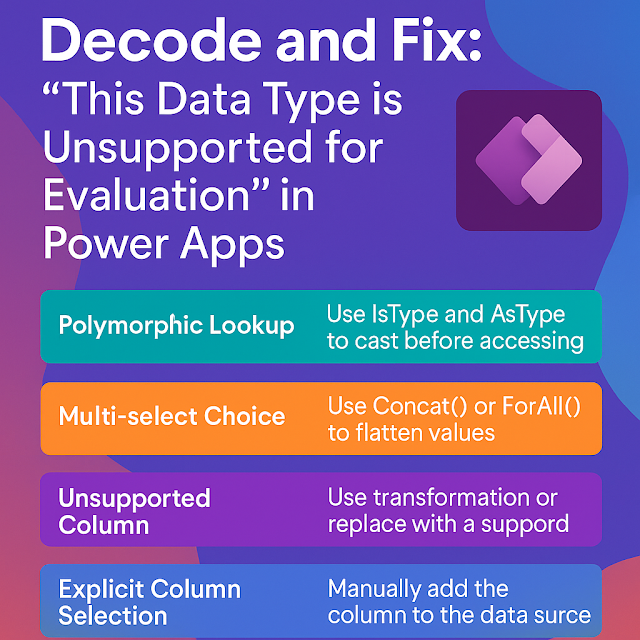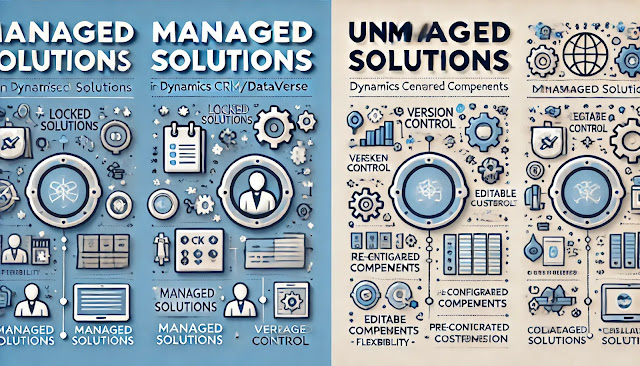Why Environment Management Matters for Architects and Developers in Power Platform
Environment Management isn’t just an admin feature—it’s a strategic enabler for solution architects and developers building on Power Platform. Here's why it plays a vital role for both roles:
For Solution Architects
1. Design with Governance in Mind
Architects can align app and automation design with environment strategies like Dev/Test/Prod separation, data boundary policies, and compliance zones—ensuring scalability, security, and regulatory alignment from day one.
2. Environment Strategy as Architecture Backbone
Environment Management allows architects to define:
- Region-specific environments for data residency
- Dedicated environments for critical workloads
- ALM pipelines with clear environment stages
This supports a robust and modular enterprise architecture.
3. Visibility into the Platform Ecosystem
With full visibility and telemetry, architects can understand:
- How environments are used
- Where capacity is strained
- Which apps or flows might need restructuring
This insight helps architects make data-driven platform decisions.
For Developers and Makers
1. Safe and Isolated Development
With clearly defined environments, developers get dedicated spaces to build, test, and experiment—without risk of impacting production data or other teams.
2. Accelerated DevOps & ALM
Environment Management enables:
- Seamless integration with Azure DevOps / GitHub
- Automated deployment pipelines
- Version control and rollback support
These are essential for CI/CD pipelines in a pro-code or fusion development setup.
3. Operational Assurance
Features like observability, automated backups, and disaster recovery provide developers the confidence that their work is resilient, recoverable, and highly available.
4. Guardrails That Enable, Not Block
Managed governance ensures the platform enforces data policies, naming conventions, and DLP rules—so developers can focus on building instead of constantly checking compliance manually.
Shared Value: Collaboration & Control
With a well-managed environment strategy:
- Architects define structure and policy.
- Developers build with speed and safety.
- Admins maintain visibility and control.
This creates a fusion team ecosystem where everyone contributes efficiently within secure, scalable boundaries.
Conclusion
Environment Management is not just an admin concern—it’s a strategic tool for architects to design resilient solutions and for developers to build them with agility and security.
If you're working in Power Platform architecture or development, embrace Environment Management as a core part of your solution design.












Comments
Post a Comment